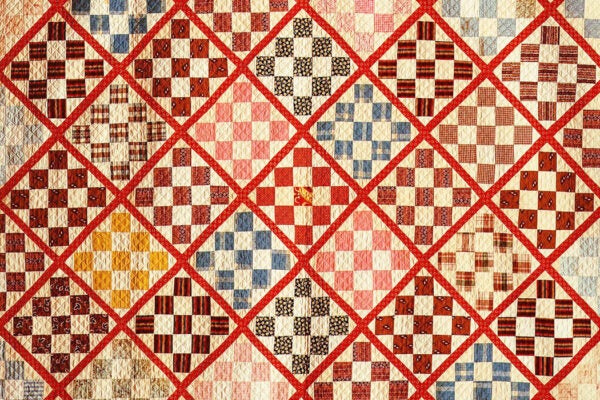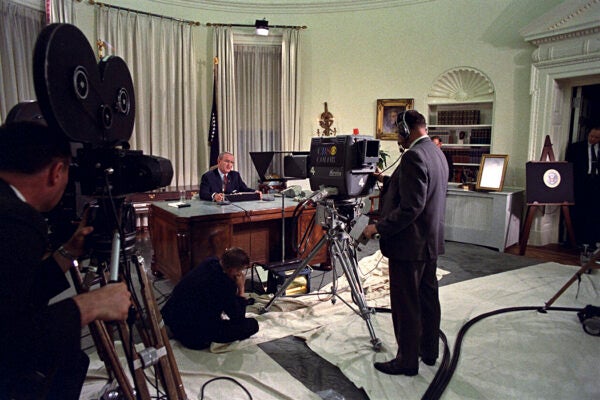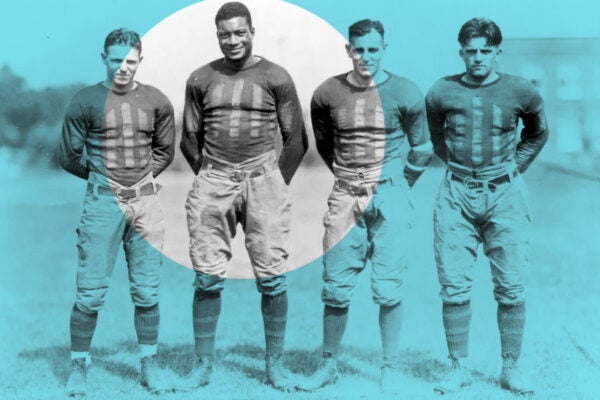From Folkway to Art: The Transformation of Quilts
In the late twentieth century, the image of the American quilt shifted from one of practicality and handicraft to a celebration of modernist abstraction.
The “Soundscape” Heard ’Round the World
The rich origins of an everyday word about everyday sound—and why we celebrate composer R. Murray Schafer on World Listening Day.
Olympic Tech, Emotional Dogs, and Atlantic Currents
Well-researched stories from Smithsonian Magazine, Wired, and other great publications that bridge the gap between news and scholarship.
The Spiritual Side of Calligraphy
Chinese calligraphy is a personal art that draws on Confucianism, Taoism, and Buddhism as well as spiritual practices that date to the second century CE.
All The Way With LBJ?
In March 1968, US President Lyndon B. Johnson announced he would neither seek nor accept the nomination of the Democratic Party. That wasn’t the whole truth.
The Death of Jack Trice
On October 6, 1923, Iowa State tackle Jack Trice lined up for the second half of a college football game. No one’s sure what happened in that third quarter.
Staying Cool: Helpful Hints From History
Take a look back at how others have survived—and thought about—the high heat of summer.
Foreign Magic in Imperial Rome
Roman ideas about witchcraft were often associated with distant regions, including India and the Kush kingdom in northeast Africa.
Cassini’s First Years at Saturn
For many years, the Cassini probe to Saturn provided a stable research platform that scientists used to transform our understanding of the ringed planet.
Debt-for-Nature Swaps: Solution or Scam?
Are debt-for-nature swaps—forgiving debt in exchange for investments in the environment—an innovative approach to debt relief or a form of recolonization?









